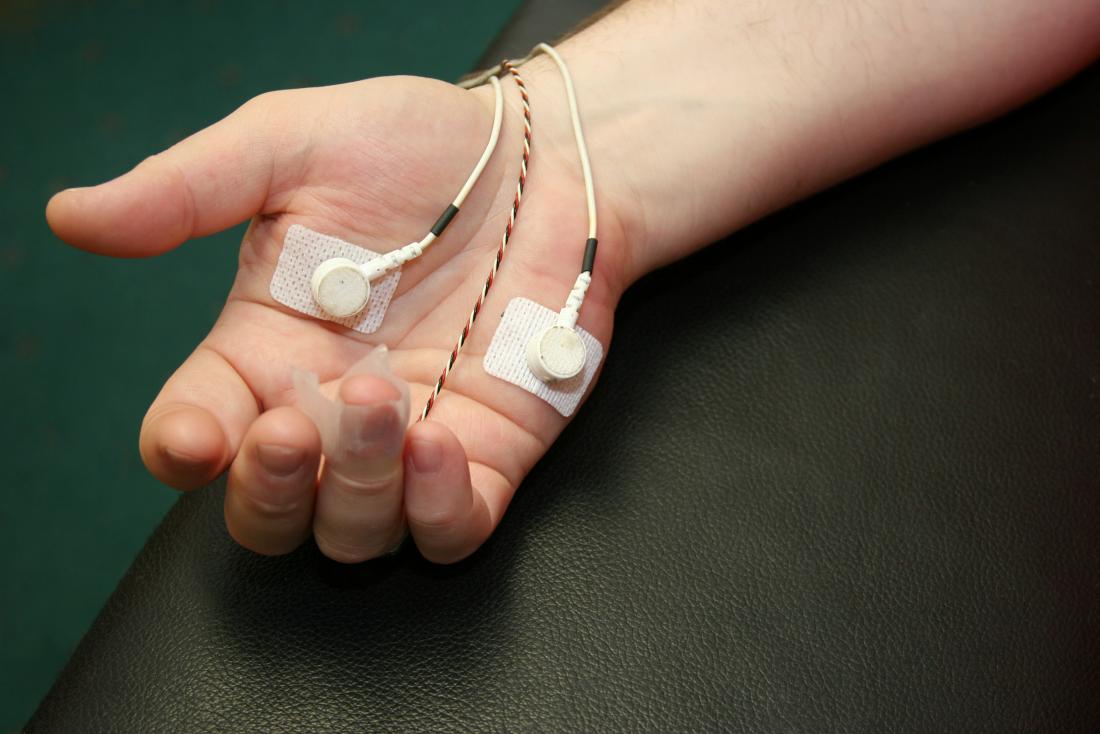Harnessing the Potential of Biometric Feedback to Revolutionize Chronic Pain Control and Enhance Quality of Living
Harnessing the Potential of Biometric Feedback to Revolutionize Chronic Pain Control and Enhance Quality of Living
Blog Article
Chronic pain is a syndrome that affects millions of individuals around the world. It can be triggered by various elements, including traumas, illnesses, or even stress. For many patients, managing chronic pain can be a constant struggle that impacts their standard of life. Traditional treatments often include drugs, physical therapy, and sometimes surgery. However, these approaches do not always provide the relief that individuals desire. Lately, biofeedback has emerged as a potential alternative for managing chronic pain and enhancing overall health.
Biofeedback is a method that teaches individuals how to manage certain bodily processes by using indicators from their own bodies. This method includes using sensors that track physiological functions such as heart rate, muscle tension, and skin temperature. By offering real-time feedback, individuals can learn to identify their body's responses to pain and stress. This awareness allows them to formulate strategies to manage their pain more effectively. For example, if a patient notices that their muscle tension increases when they are in pain, they can practice relaxation strategies to help reduce that tension.
One of the primary benefits of biofeedback is that it empowers patients to take an active role in their pain management. Instead of relying solely on medications or treatments from medical providers, patients can gain to comprehend and regulate their own click for source physiology. This feeling of control can lead to enhanced confidence and a more optimistic outlook on life. Many individuals indicate feeling more in charge of their pain and less like sufferers of their syndrome. This shift in perspective can substantially improve their standard of life.
Studies has demonstrated that biofeedback can be beneficial in alleviating chronic pain indicators. Research suggest that individuals who use biofeedback techniques often experience less pain and improved physical function. Additionally, biofeedback can help reduce anxiety and stress, which are common issues for those living with chronic pain. By addressing both the physical and emotional aspects of pain, biofeedback offers a holistic approach to pain management. This integrated method can lead to superior outcomes for individuals, allowing them to participate more completely in their routine activities.
In summary, biofeedback is a significant tool for transforming chronic pain management. By teaching individuals to understand and regulate their physiological reactions, biofeedback enables individuals to take control of their pain. This method not only helps reduce pain but also enhances overall quality of life. As more people look for alternatives to conventional pain management methods, biofeedback stands out as a potential option. With continued investigation and recognition, biofeedback could turn into an integral part of chronic pain treatment, helping individuals lead healthier, more fulfilling lives.